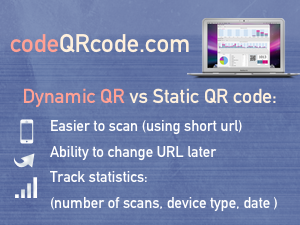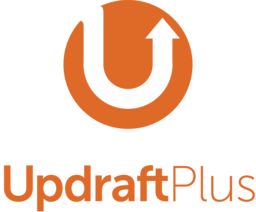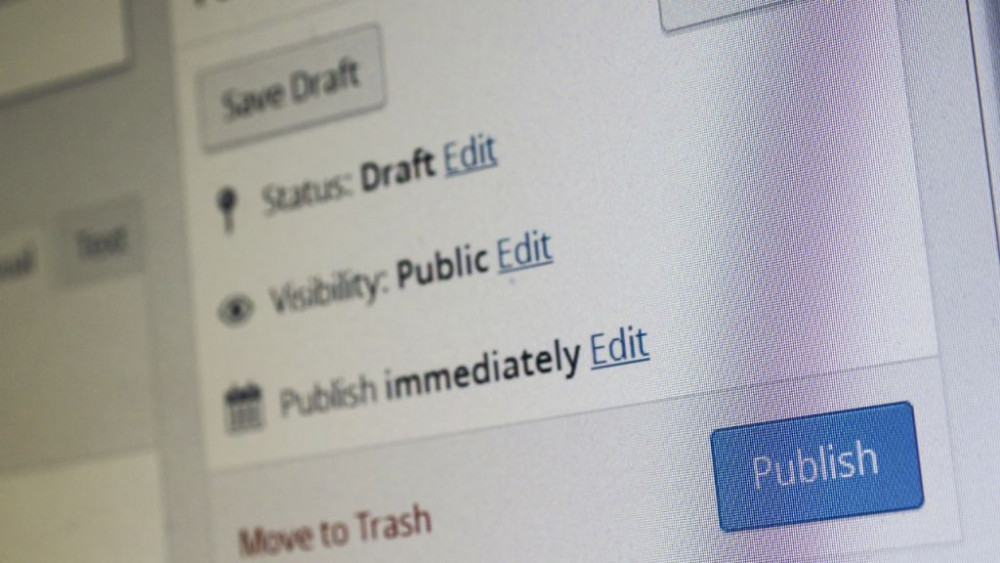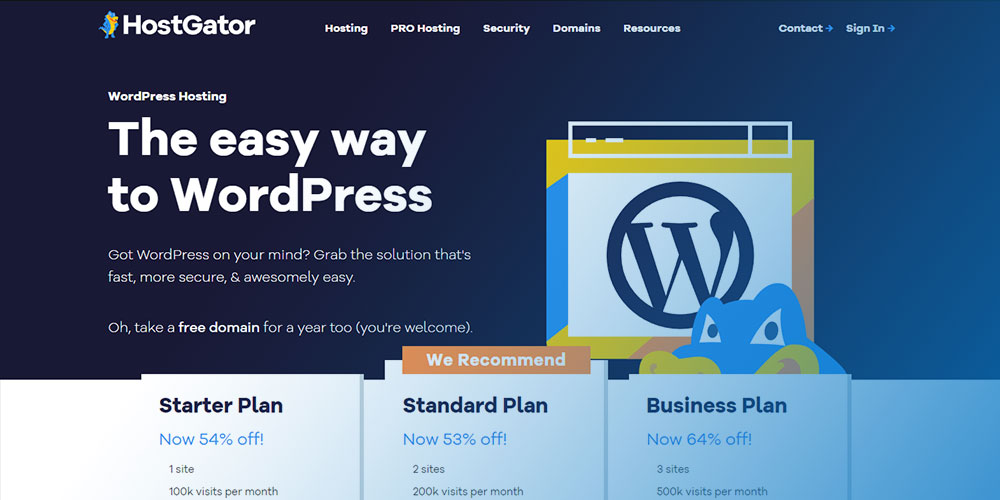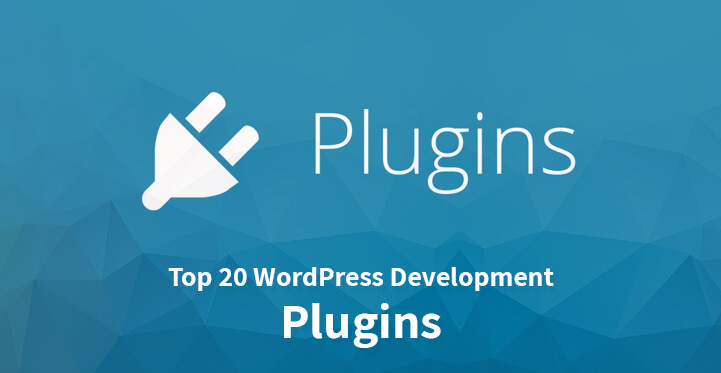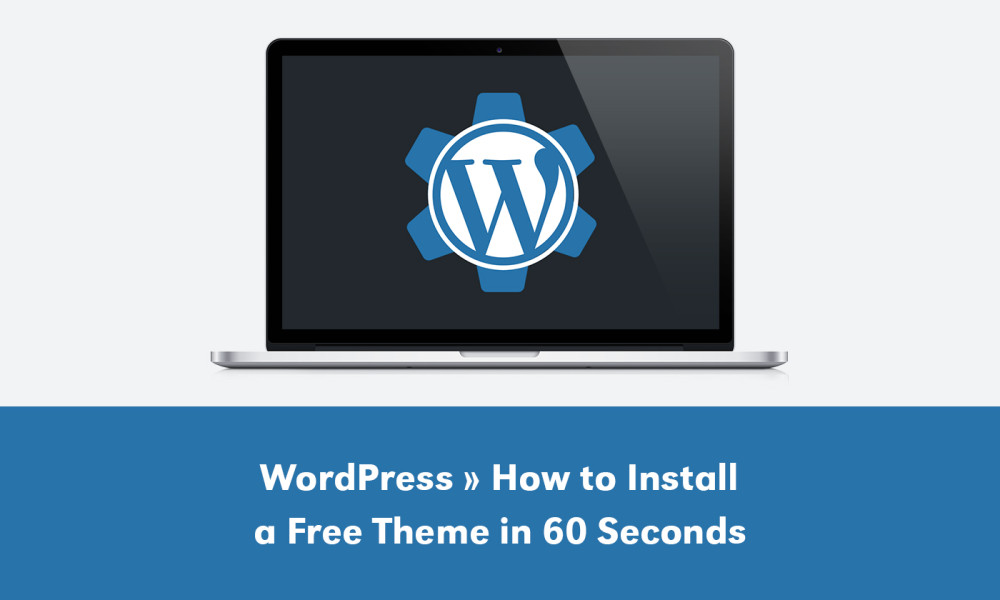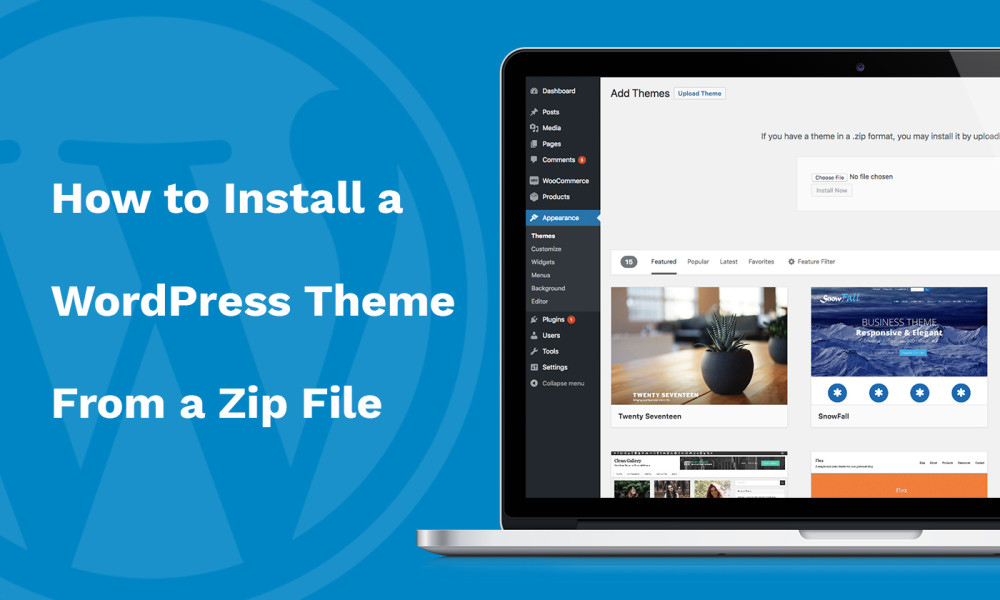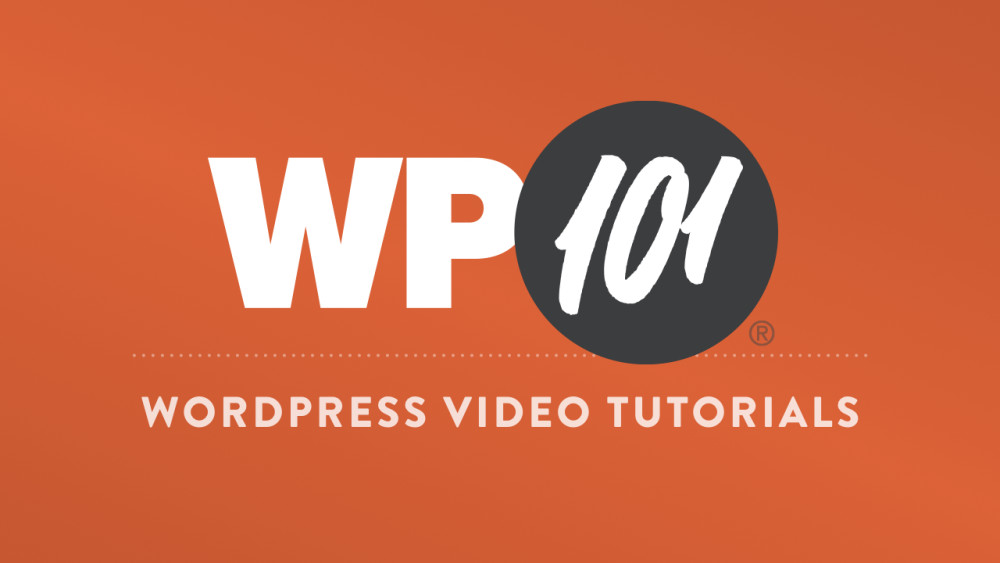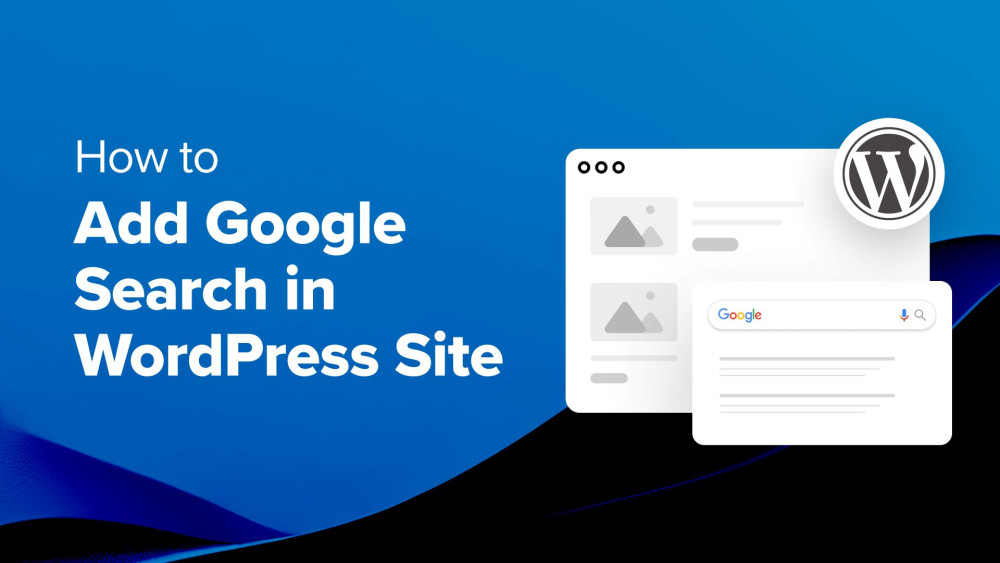a quick start guide to the wordpress rest api

route is URL or part of URL you're trying to access while endpoint is the response you receive from the server..
By responding to those requests with architecture and its own set of protocols, the REST API exposes your in secure manner..
You can access WordPress REST API and see which routes and endpoints are available for your site by adding the route wp-json to the end of your URL..
WordPress REST API displayed to you, or the data if you will, is endpoint served to us via JSON response..
WordPress REST API registers routes and endpoints, handles requests, utilizes Schema to define the data and properties it can use, and generates API responses on top of all of that.
simply add ID to the end of URL so it looks like this example com wp-json wp v2 posts 123..
Understanding the key concepts of WordPress REST API and learning how to use and extend it can be overwhelming, and the makers of WordPress are fairly confident it'll be the force CMS in ways it needs to grow far beyond its capabilities as platform to build simple websites and blogs..
You should also go through WordPress REST API handbook to gain better understanding of WordPress take on the REST API.
The Using the REST API section contains guides on how to use global parameters, pagination, embedding and linking, and authentication.
Once you've gained pretty good understanding of all of that, you can go through the Extending the REST API section to learn how to extend API depth.
Read more
By responding to those requests with architecture and its own set of protocols, the REST API exposes your in secure manner..
You can access WordPress REST API and see which routes and endpoints are available for your site by adding the route wp-json to the end of your URL..
WordPress REST API displayed to you, or the data if you will, is endpoint served to us via JSON response..
WordPress REST API registers routes and endpoints, handles requests, utilizes Schema to define the data and properties it can use, and generates API responses on top of all of that.
simply add ID to the end of URL so it looks like this example com wp-json wp v2 posts 123..
Understanding the key concepts of WordPress REST API and learning how to use and extend it can be overwhelming, and the makers of WordPress are fairly confident it'll be the force CMS in ways it needs to grow far beyond its capabilities as platform to build simple websites and blogs..
You should also go through WordPress REST API handbook to gain better understanding of WordPress take on the REST API.
The Using the REST API section contains guides on how to use global parameters, pagination, embedding and linking, and authentication.
Once you've gained pretty good understanding of all of that, you can go through the Extending the REST API section to learn how to extend API depth.
Read more
Report
Related items:


